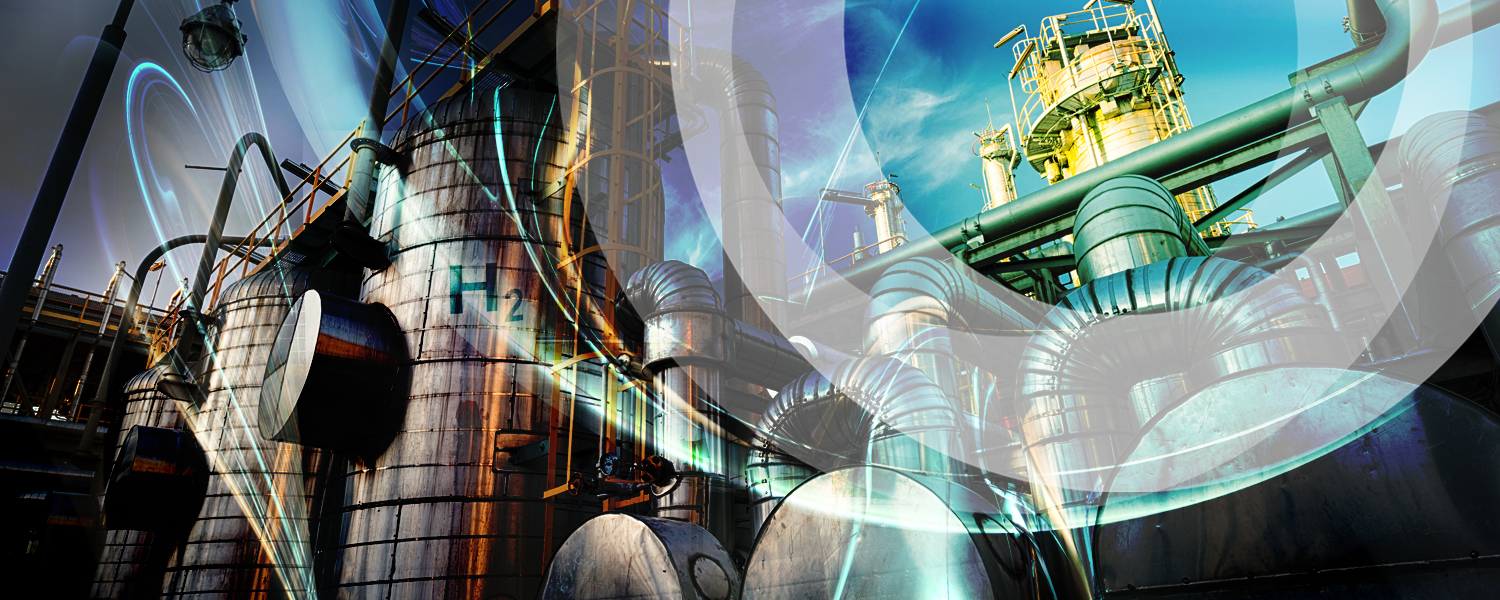How we proposed a detailed plan to decarbonize a Lithuanian refinery using creativity, market knowledge and expertise in decarbonization strategies.
When you’re already an industry leader in reducing emissions, how do you decarbonize when the pathway isn’t obvious?
ORLEN Lietuva (ORLEN) had reduced its energy consumption and related CO2 emissions by 30 percent since 2006. But to go further, the refinery needed other options to reduce more CO2 emissions.
Analyzing, estimating and benchmarking options
We reviewed ORLEN’s operations and the impact of future energy reduction projects on its emissions footprint. And identified potential constraints, particularly around the fuel gas and supporting steam and power utility systems.
We evaluated options for its decarbonization potential, required investment, and impact to the fuel gas and electricity import. We analyzed historical carbon pricing and potential current and future trends of decarbonization technology so that ORLEN can benchmark against the industry and plan for the future. And we looked at options for carbon capture use and storage (CCUS), green and blue hydrogen, biomass, and electrification.
Defining a roadmap to decarbonize the refinery
Our decarbonization plan will make it possible for ORLEN to reduce emissions by 20 percent by 2030, and fully decarbonize by 2050. ORLEN can now move forward with engineering, installing and financing these decarbonization projects.





